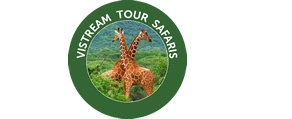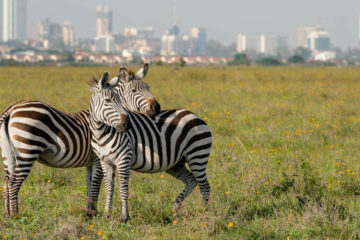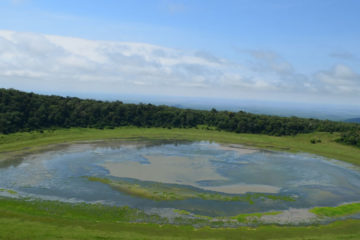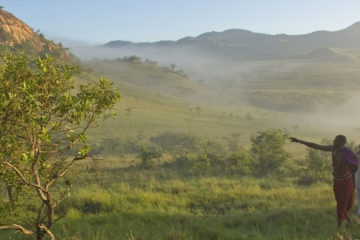Saiwa Swamp is Kenya’s smallest national park. It basically protects a swamp fed by the Saiwa River, which provides shelter for a viable population of the rare sitatunga antelope. There are several observation towers overlooking the swamp, and with some patience, sightings are almost guaranteed. The park is only accessible on foot.
Best Time to Visit
You can visit Saiwa Swamp at any time of year, but you’ll probably appreciate the environment more in the Dry season (December to March). This is also when migratory birds are passing through, and when offspring of the local sitatunga antelope appear. The area is best avoided from April to August, when the rain is consistently heavy.
The star attraction of the park is the semi-aquatic sitatunga antelope. Other herbivores often on the edge of the swamp are bohor reedbuck, Defassa waterbuck, and bushbuck. Several primate species can be spotted in the canopy. The black-and-white colobus and blue monkeys are common along the trail, and Vervet monkeys can often be found near the entrance. You might come across the very rare De Brazza’s monkey along the swamp’s edge.
Most of the park is taken up by the reed-choked Saiwa Swamp fed by the river with the same name. Around the swamp are several walking trails passing through riverine forest and savanna woodland dotted with acacia trees.
As Saiwa Swamp is situated near the equator, there’s little variation in month-to-month temperature. The main influences on the weather are the area’s distinctive seasons. The Dry season (December to March) has lots of sunshine-filled days, though precipitation is still a possibility on most days. The Wet season (April to November) sees a lot of rain falling, often for days at a time.




